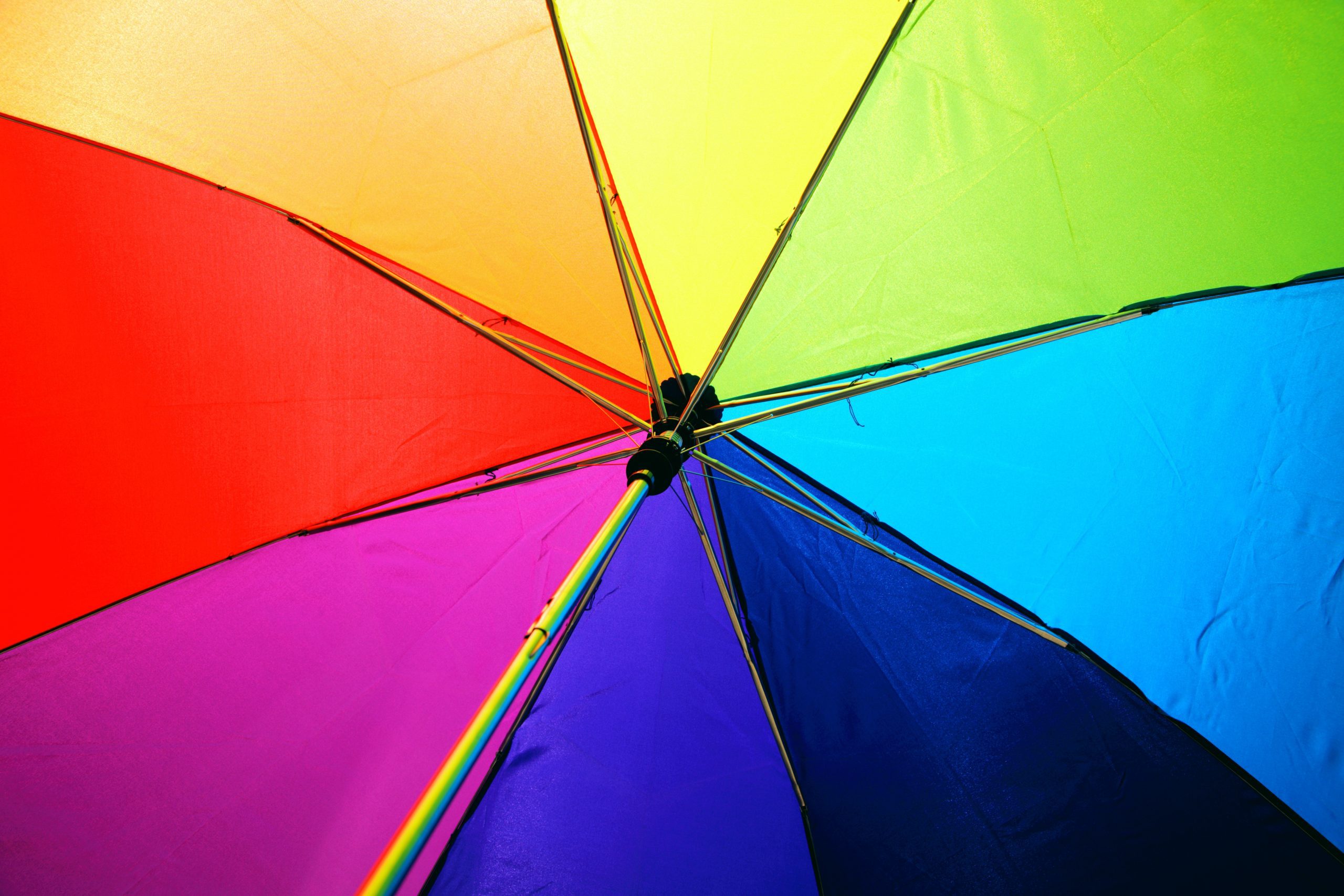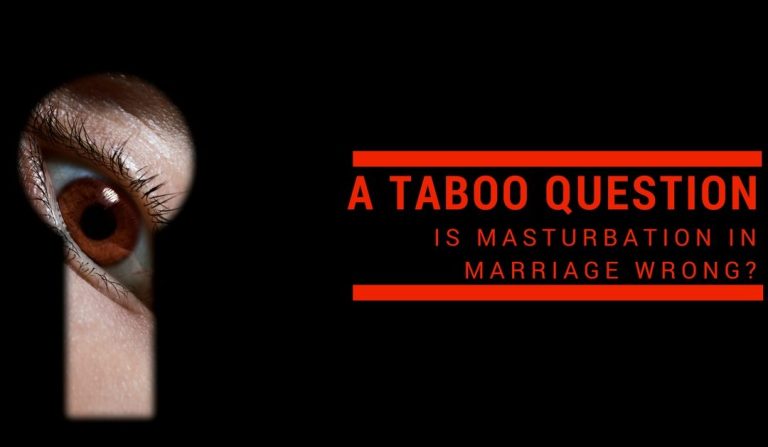Variety is the spice of life
Last March there was the annual 360° conference organised by Willingness and Betapsi, the psychology student society at the University of Malta. This year it was on the diveristy in gender, and sexual orientation, and the challenges faced by this diveristy of people. Given that, I thought it appropriate to write a bit about this diveristy we find.
When it comes to sexuality, for instance, people tend to fit, sometimes loosely, one of the following orientations:
- Heterosexuality, the most widespread sexual orientation, where a person identifying with one gender experiences sexual attraction to members of the other.
- Homosexuality, where a person experiences sexual attraction to others of their same gender.
- Bisexuality, where they experience sexual attraction to people regardless of their gender.
- Asexuality, where someone does not experience sexual attraction to others or doesn’t desire sexual contact.
And yet even within these definitions, there can be a lot of variation. For instance, in many cases homosexuality, heterosexuality, and bisexuality are viewed as different points along a continuum. Furthermore, in many studies sexual orientation is defined not only according to what people experience, but also what they identify themselves as. For instance someone who experiences roughly equal amounts of sexual attraciton to people of any gender, might identify as bisexual, but they might also identify as homosexual or heterosexual instead.
Matthew Bartolo is a counsellor specialising in Sex & Relationships. He offers counselling to both individuals and couples, and runs the sex education services within Willingness. He can be contacted on matthew@willingness.com.mt.





